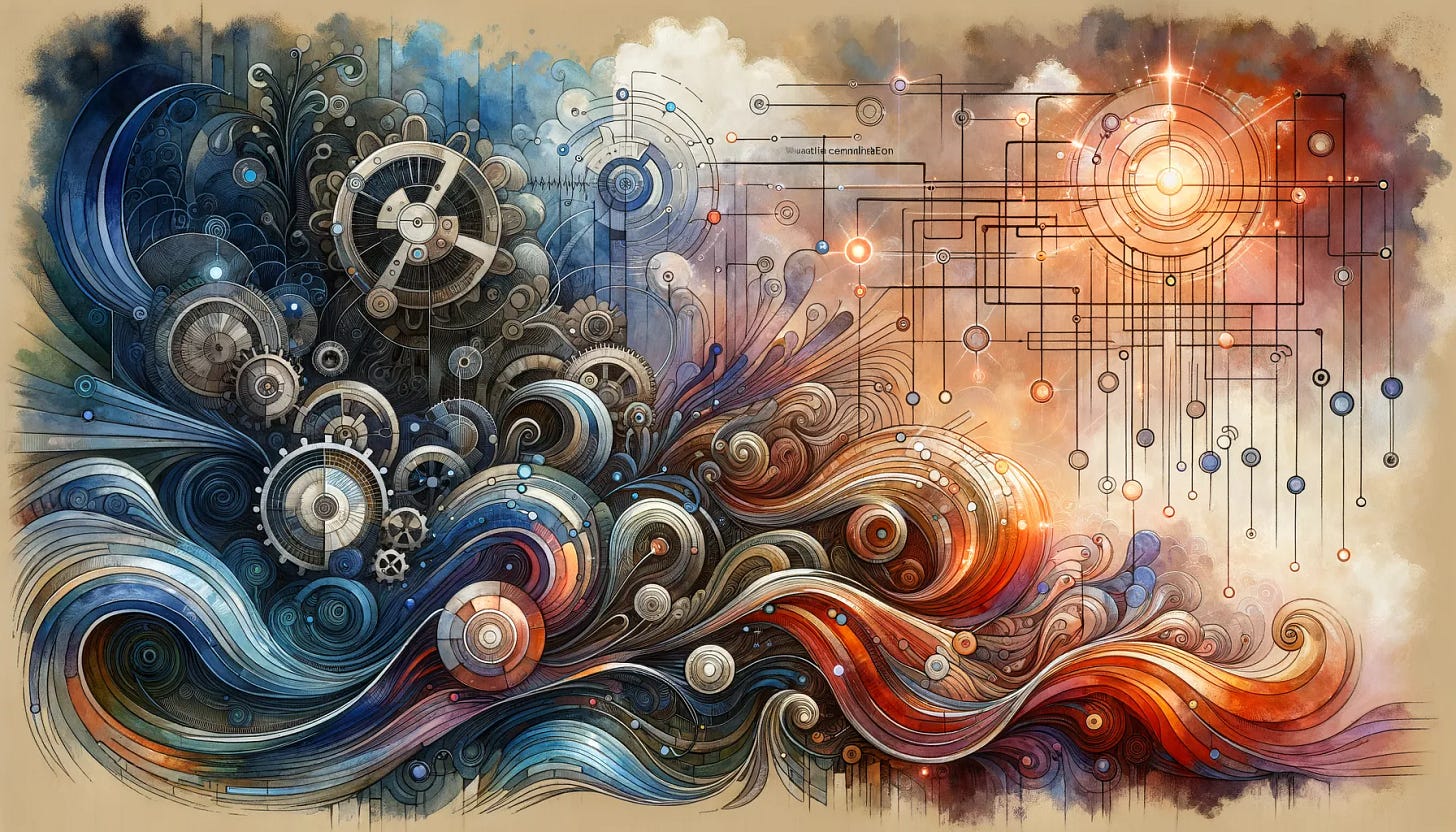From Nerd-Sniped to Shipped: How I Used AI as a Thinking Tool (Not a Shortcut)
Alternatively titled: Earning Your Automation, One Struggle at a Time
Hello fellow datanistas!
Ever been nerd-sniped so hard that you end up rewriting a core feature of your project on a plane ride home? That was me, fresh off a conversation with Joe Cheng at SciPy 2025, suddenly obsessed with building robust graph-based memory for my Llamabot project. But here's the twist: I shipped the rewrite in just two days—with AI as my design partner. And no, this isn't another 'AI did it all for me' story.
This post is about the real process behind using AI as a thinking amplifier, not a replacement for hard-earned expertise. I want to share how months of hands-on struggle set the stage for a two-day shipping sprint, and why you can't skip the hard parts if you want AI to actually help you think better.
For four months, I wrestled with how to implement graph-based memory for LLM applications. My first prototype was fragile, tightly coupled, and honestly, a bit of a mess—but that struggle was the point. It taught me what mattered, what broke, and what needed to be separated. Only after earning that understanding did I bring in AI as a design partner.
At the airport, I did something radical (for me): I started with a pure design phase, using AI to critique my prototype and propose new architectures. We iterated on a 400-500 line design doc, poking holes, asking 'why,' and inverting assumptions. The breakthrough? Realizing I could generalize everything to use NetworkX graphs, simplifying the whole architecture.
AI's real power showed up when I asked it to find inconsistencies in the design doc. It surfaced issues I could quickly evaluate, and together we refined the design. Then came tests—AI wrote them, I reviewed them, and when the implementation failed, I used AI to categorize and batch-fix the problems. The process was fast because I was grounded in the problem space, not just delegating thinking to AI.
The result: conversations as graphs, visualized in Marimo notebooks, letting me jump between threads and probe AI systems in new ways. But the real win was learning how to use AI to amplify my own critical thinking, not replace it.
You have to earn your automation. AI is most powerful when it amplifies your hard-won understanding—not when you try to skip the struggle.
Have you ever found that struggling through a problem by hand gave you the insight you needed to use automation or AI more effectively? How do you balance hands-on work with leveraging new tools?
Curious about the full story and the technical details? Read the complete post here: From Nerd-Sniped to Shipped: Using AI as a Thinking Tool. If you found this helpful, please share or subscribe for more honest takes on AI and coding.*
Cheers,
Eric



